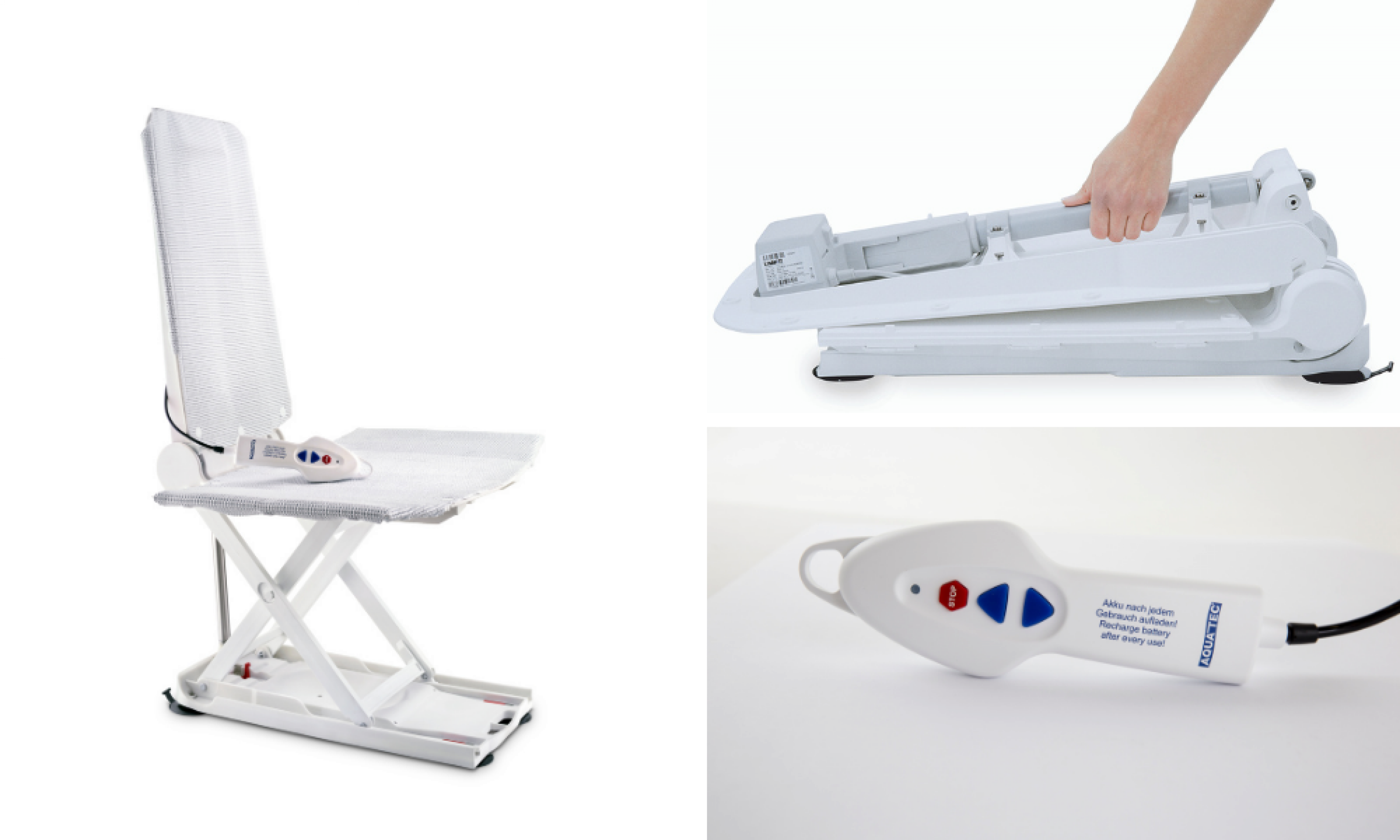When standard mobility equipment doesn’t work, what other options are there? – by Luke Meighan, Biomedical Engineer

Throughout my professional career, I have used a considerable amount of time and brainpower looking for solutions to people’s equipment needs. The cookie-cutter approach rarely works best, everyone is different, each situation is unique. This is reflected in the mountain of products available today, try Googling ‘wheelchair’ and see what comes up. How you navigate through the jungle can be no easy feat, thankfully there are many in this area who can help guide you through the selection and trial process, funding applications and more.
But what to do when you can’t find a solution at all? That’s when it gets a little more complicated, but there are a few avenues you can explore.
The first would be to design something from scratch. This can be time-consuming and expensive, especially if a designer or custom manufacturer is involved. Be prepared for experimentation, trial and error and ‘back to the drawing board’ moments, but the end result can be very rewarding. There will always be an element of risk, the goal is to reduce that risk to an acceptable level. Keep in mind these points:
· If my design breaks can it be easily repaired or replaced, in a timely manner?
· Can my design be reproduced easily if I need another one, or adapted if my needs change?
· If I plan to make my design available to others what other aspects do I need to consider: local regulatory requirements, intellectual property, patent protection etc?
· Will my design have any potential adverse impact on others around me, my family and care team etc?
This can feel quite daunting, but you don’t necessarily have to do this alone. There may be organisations in your area who may be able to help: seating clinics, mobility services, not-for-profit organisations or volunteer groups who can lend a hand.
Another avenue – probably my favourite - would be to repurpose something that already exists. Often this will be more cost-effective, depending on the complexity. Availability and serviceability should be easier. The design and manufacturing are already done, so some durability and reliability testing should have already been conducted.
One of my favourite examples in recent times relates to Invacare’s Orca Bath Lifter. Designed to help people in and out of a bath, I have come across some clever people who are using this kind of device to help in the event of a fall, to help them get up off the floor. It's lightweight, compact and easy to transport so can be taken with you – a novel solution to a common risk!
Many times I have seen other equipment used in custom and unique ways which have enhanced people’s mobility and independence. As always there are some aspects to consider:
· Will my intended use void the product warranty?
· Has the product been tested sufficiently to cope with my intended use?
There are often no easy answers to these questions. A proper risk assessment is important, and there are professionals who may be able to help you with that: Occupational Therapists, Physiotherapists, equipment prescribers or suppliers for example. Finding someone you can trust to give you sound advice is very valuable.
Have you come up with your very own design, or repurposed a piece of equipment? We’d love to hear about it!
Best of luck in your equipment journey!
About Luke:
Luke Meighan is currently the Mobility & Seating Product Manager for Invacare Asia-Pacific. Luke is a qualified Biomedical Engineer from Queensland University of Technology and before his 10+ years at Invacare, he worked for several years in the UK for the NHS Mobility & Rehabilitation Service in Aberdeen, Scotland.

Add comment